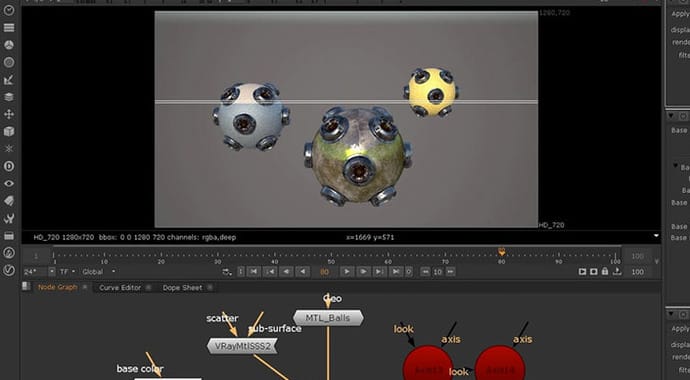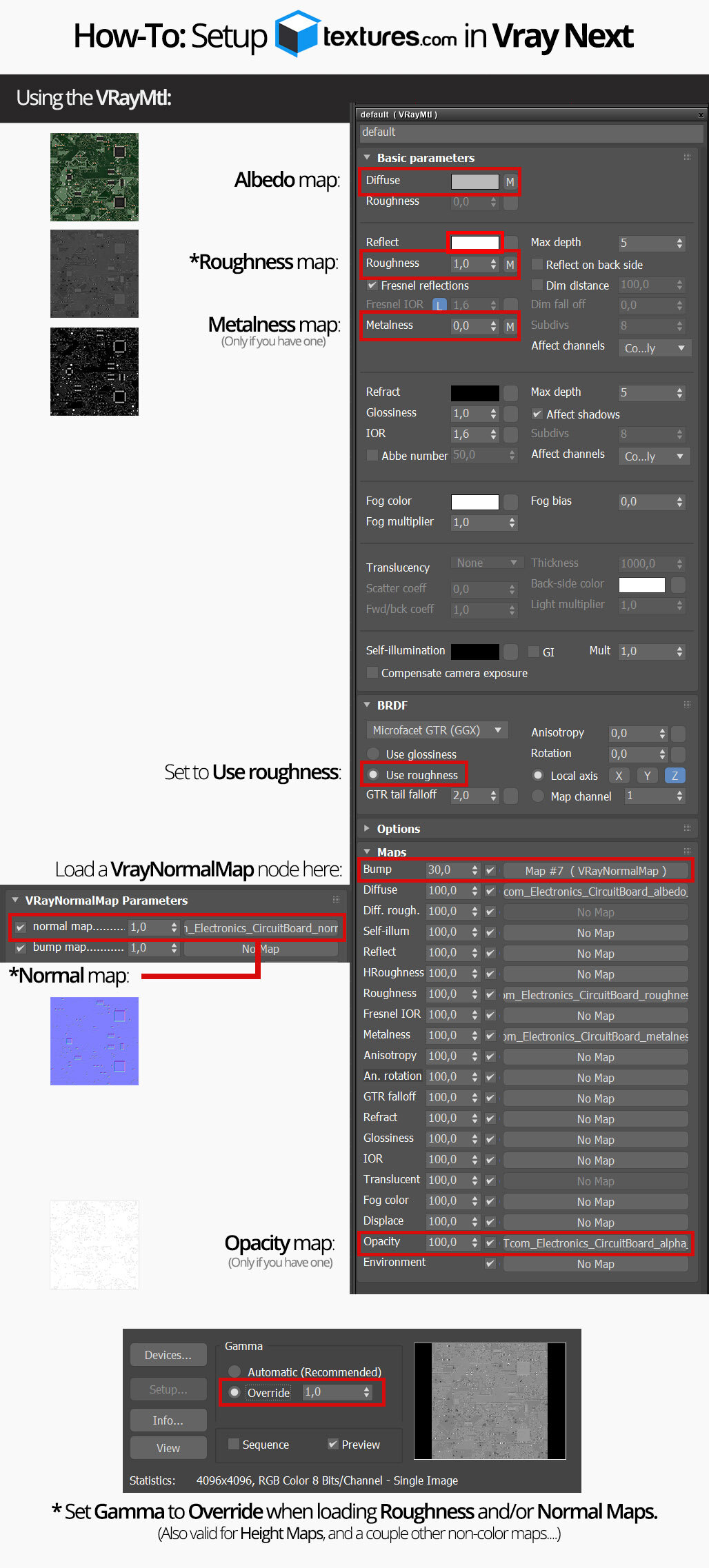


With these trees selected, I can use the Cryptomatte as a mask, as you can see in my comp screenshot. You can easily tell that I’ve selected the trees. Once you select your mask colors, this is what the Cryptomatte will look like: There is a color picker in the node and when you CTRL+Click a color, it will highlight it perfectly, and when it’s highlighted, it’ll act like a mask. It may not look like much, and it may look like all the colors are pretty similar, but the Cryptomatte node in NUKE takes care of that.
Vray 3.6 channels install#
(To install the NUKE node for Cryptomatte, go to this link here.) Here is what my Cryptomatte looks like in NUKE. It will currently only work if V-Ray automatically saves it from the render panel dialogue.) Once the NUKE node is installed, all you do is add the node to your work space and connect it to your read node. (NOTE: I found out that Cryptomatte won’t work properly in NUKE if you save the image as an EXR from the V-Ray Frame Buffer. Once I rendered out the image, I brought it into NUKE. Layer name – Creates mattes based on the layer names in the scene.” Node user property – Creates mattes from a property specified in the node user property field. Node material name – Creates mattes based on the materials in the scene.

Node name with hierarchy – Creates mattes by node names and takes the node hierarchy into account for linked or grouped objects. Node name – Creates mattes by node names. “id type – Specifies how the ID mattes are determined. Here is what the Chaos Group documentation says about each id type: This is extremely helpful and will allow for some nice organization in NUKE. This basically means it’ll create an element for each material. In this example I choose to set it up using my scene material names.
Vray 3.6 channels how to#
A cool feature is the ability to adjust how to Cryptomatte is created. I added a Cryptomatte element just to test it out. You can see I already have some MultiMatte elements set up. Since this scene is so large, I like to have masks as a backup in case I notice something after I rendered all the images out, and they can take a long time to render. There are multiple angles and lots of objects. This is an exterior scene for a client I created. I did a quick test with a large scene to see how well it worked and how easy it was to use. Psyop worked with Chaos Group to create a script to run a Cryptomatte node in NUKE that will allow you to select one or more elements in your render to use as a mask. Since I use NUKE for most of my post work on animations, this is an easy choice. With Cryptomatte, I’m able to have masks for everything with just one render element. Cryptomatte gets rid of that workflow entirely. Since MultiMatte uses only 3 channels, I would most likely have numerous amounts of MultiMattes, and they were mainly a precaution (Certain objects in the Red channel, Green channel, and some in the Blue channel). Most of the time, I would have to sit and plan what I might need masks for and organize them appropriately. MultiMatte uses the RGB channels of an image to give you masks for selected objects. It was a bit tiresome to use for bigger scenes. But there was a feature that I had been wanting for a long time.īefore V-Ray 3.6, I used the MultiMatte render element to help with post production workflow. Whether it’s added features and functions or faster render times, Chaos Group always delivers, and that is one main reason why I will most likely always use V-Ray in my work. I have been using V-Ray for a few years now and I have constantly been impressed with their updates. Cryptomatte – One of my Favorite Features of V-Ray 3.6 Cryptomatte is a feature I have been waiting for for a long time.


 0 kommentar(er)
0 kommentar(er)
